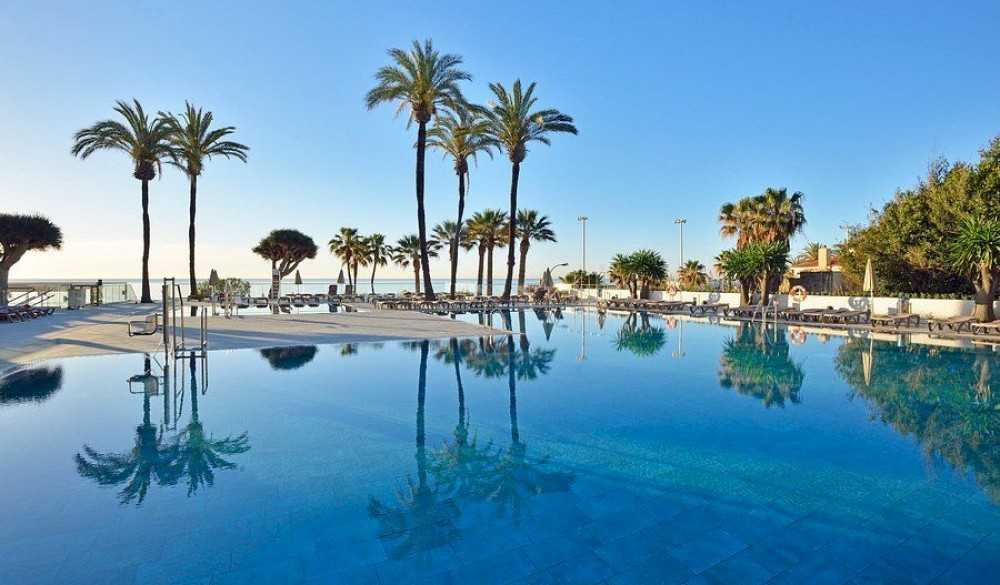Long before Christmas trees were used to adorn our homes, they were simply fragrant evergreens that kept their beauty even during the long winter months.
So how did they become such a big part of the holiday season?
What does the christmas tree symbolise?
Ancient cultures celebrated the winter solstice to mark the beginning of brighter days ahead and to show that the sun god was regaining his strength.
Evergreen trees kept their color throughout the year and were therefore used as a reminder of warmer months ahead.
Similarly, in Egypt, the Sun God, Ra, was considered weaker as conditions became colder and darker. Again, the solstice was seen as a turning point, so Egyptians decorated their homes with palm leaves and branches. Ancient Rome, also celebrated a feast called Saturnalia during the solstice, which encouraged people to celebrate the springtime ahead with evergreen decorations.
When did christmas trees begin?
The Christmas tree tradition, as we know it today, dates back to 16th-century Germany, where Christians began to decorate trees inside their homes. Martin Luther, head of the Protestant Reformation movement during the 1500s added the tradition of placing candles on the tree branches. Rumour has it that one night he was awestruck by the stars twinkling amidst some evergreens and wanted to recreate the scene in his living room.
Growing popularity
The tradition was largely contained in Germany until the late 1700s and early 1800s as other nations saw it as a representation of pagan beliefs.
The custom was introduced into England in the early 19th century and more widely embraced in the mid-19th century by Queen Victoria and Prince Albert (who was of German descent).
The Victorian tree was decorated with ribbons, paper chains, candles, toys, small gifts and decorative cakes. German settlers took the tradition to America in the 17th century and by the 19th century the Christmas tree had become the height of fashion.
The custom also became popular in Austria, Switzerland, Poland, and the Netherlands. Western missionaries introduced Christmas trees to China and Japan in the 19th and 20th centuries, which were adorned with intricate paper decorations.
Decorations
Christmas decorations, other than the traditional candles, became popular in the late 1800s, including the addition of homemade garlands, cakes, berries and nuts.
Over time, these homemade decorations were replaced by tinsel, electric lights and the familiar shiny baubles that we know today.






